
10 Tips for Creating Textured Woven Fabrics
ebook include PDF & Audio bundle (Micro Guide)
$12.99$5.99
Limited Time Offer! Order within the next:
Not available at this time

Woven fabrics have been a part of human history for thousands of years, used for everything from clothing to home décor, art, and functional items. One of the key elements that set woven fabrics apart from other textiles is their texture, which is created by the way yarns are interlaced during the weaving process. Texture in woven fabrics adds dimension, interest, and tactility, transforming a flat piece of cloth into a rich and engaging surface.
Creating textured woven fabrics can be a deeply satisfying experience, whether you're a beginner or an experienced weaver. From selecting the right materials to experimenting with various weaving techniques, there are countless ways to introduce texture into your designs. Below are ten essential tips to help you develop your textured woven fabrics, along with insights on how each technique works and how it can be applied to create stunning designs.
Choose the Right Yarn for Texture
The type of yarn you choose plays a critical role in the texture of your woven fabric. Yarns vary in thickness, material, and texture, all of which impact the final look of the fabric. Here are some things to consider:
- Fiber Choice: Different fibers create different textures. Natural fibers like cotton, linen, and wool offer a range of textures, from the smoothness of silk to the roughness of linen. Synthetic fibers like polyester or nylon may be less textural, but they can add sheen or durability.
- Thickness: Experimenting with thicker or thinner yarns creates a sense of contrast within the woven fabric. Thicker yarns tend to create a more prominent texture, while thinner yarns can be used for more subtle effects.
- Multi-Ply Yarns: Yarns made from multiple plies, or strands of fiber twisted together, can add extra texture. This technique creates a fabric with a complex surface, rich with different textures that change as light moves across the fabric.
By choosing a combination of different fibers, plies, and yarn thicknesses, you can introduce various textures that give your woven fabric visual and tactile depth.
Experiment with Different Weave Structures
The way yarns are interlaced in a weave creates the primary structure of the fabric, and different weave patterns can introduce a variety of textures. Some common weaving techniques that create textured fabrics include:
- Plain Weave: This is the most basic weave, where the warp and weft yarns are interlaced in an over-under pattern. While plain weave is often smooth, it can be textured by using thicker or uneven yarns.
- Twill Weave: In this technique, the weft yarn passes over and under more than one warp yarn at a time, creating a diagonal pattern. Twill weave fabrics often have a textured surface that can range from subtle to pronounced depending on the yarn used.
- Satin Weave: Satin weaves produce a smooth, shiny surface with minimal texture. However, you can achieve textural effects by manipulating the warp or weft threads, or by using varied yarns.
- Leno Weave: This weave twists two adjacent warp threads around each other and passes the weft yarn through them. It creates an open, airy texture that's perfect for delicate or lightweight fabrics.
- Basket Weave: In basket weave, two or more warp yarns are woven together with two or more weft yarns. The result is a fabric with a textured, grid-like surface that is both visually and physically engaging.
Each of these weave structures offers a way to manipulate how the yarns interact with each other, creating distinct textures in the final fabric. By experimenting with different patterns and combinations, you can create complex and varied textures.
Incorporate Fancy Yarns
Fancy yarns are specialty yarns designed to add texture, color, and visual interest to woven fabrics. These yarns can introduce a variety of effects, including ruffling, looping, and puckering. Here are some types of fancy yarns to consider:
- Bouclé Yarn: This yarn consists of a looped structure, which creates a bumpy, textured surface in the fabric. Bouclé yarn can add dimension and irregularity to a woven piece, making it ideal for creating textured, three-dimensional fabrics.
- Chenille Yarn: This yarn has a velvety texture due to its unique construction, which resembles a fuzzy, velvety surface. It can be used to add softness and texture to the fabric.
- Slub Yarn: Slub yarn features intentional thick and thin sections along its length, giving the fabric an irregular, textured appearance. This can add an organic, hand-crafted feel to the woven piece.
- Metallic Yarns: For a more striking, reflective texture, metallic yarns can be introduced into the fabric. These yarns add shimmer and a tactile contrast to the more matte fibers, perfect for evening wear or dramatic fashion pieces.
Fancy yarns are a great way to introduce texture without needing to adjust the weave structure itself. They can be used sparingly or woven throughout the fabric to create subtle or bold effects.
Create Surface Texture with Tucking or Pleating
Surface techniques like tucking and pleating are a great way to add texture to woven fabrics. These techniques involve manipulating the fabric after it's woven to create pleats, folds, and other dimensional effects.
- Tucking: Tucks are small pleats that are stitched into the fabric, often in a regular or repeating pattern. Tucking can add a lot of texture without altering the weave, and it can create an elegant, structured surface. The depth and tightness of the tuck can vary, giving you control over the texture.
- Pleating: Pleats are deeper folds that are either stitched into place or held with a basting stitch. Pleats can be regular or irregular, creating a rhythmic pattern or a more random, freeform texture. When combined with different fibers or yarns, pleating adds both visual interest and dimensionality.
Tucking and pleating can be applied to any woven fabric, whether it's a simple plain weave or a complex twill, and can be done by hand or machine for more intricate effects.
Play with Color and Pattern to Add Visual Texture
The color and pattern of the yarns used in a woven fabric can contribute to its textural quality. By combining different colors, fibers, and patterns, you can create visual textures that give the fabric depth and dimension. Here's how:
- Gradient or Ombre Effects: Transitioning from one color to another creates a smooth, gradual texture that can add depth to the fabric. For example, transitioning from light to dark colors can create a sense of movement or undulation on the surface of the fabric.
- Color-Block Patterns: Bold, contrasting blocks of color can add a geometric texture to the fabric, making it more visually dynamic. This can be achieved through weft and warp yarns that alternate in blocks, or through the use of multiple colored yarns within the same weave.
- Stripes and Zigzags: Stripes, zigzags, and other geometric patterns are visually interesting ways to add texture to woven fabric. These patterns can be incorporated into the weave or created by alternating colored yarns.
Color choice can play a significant role in how textured a fabric feels, even if the weave itself is relatively simple. Strong contrasts, combined with well-thought-out patterns, will elevate the texture of the fabric.
Use Differential Shrinkage
Differential shrinkage occurs when different fibers in a woven fabric shrink at different rates. This technique introduces texture by creating a pucker or crinkle effect once the fabric is washed or treated.
- How it Works: To achieve differential shrinkage, you need to weave a fabric using fibers that have different shrinkage properties. For example, a fabric made of both cotton and wool will react differently when wet or exposed to heat.
- Resulting Texture: When one fiber shrinks more than the other, it pulls the fabric in various directions, creating puckering and ripples. This effect can be subtle or pronounced, depending on the fibers and the degree of shrinkage.
This technique is often used in fabrics that have a "crinkled" look, giving them a unique and organic texture that changes as the fabric is washed or worn.
Incorporate Loops and Knots
Introducing loops or knots into the weaving process is another technique to create textured fabrics. This is typically done by manipulating the yarn during the weaving process or by incorporating decorative elements after the fabric is completed.
- Loops: By intentionally creating loops within the warp or weft yarns, the fabric takes on a raised, textured appearance. These loops can be irregular or uniform, depending on the design.
- Knots: Knots can be incorporated into the fabric by tying sections of the yarn together. This creates a textured, knotted surface that can add an artistic, handcrafted look to the fabric.
Loops and knots can be placed in specific areas of the fabric to add emphasis or create random, organic texture throughout.
Work with Layered Fabrics
Layering fabrics can be a creative way to add texture. This involves weaving one fabric over another, either during the weaving process or by sewing layers together after the fabric is complete.
- Double Weave: Double weave is a technique where two layers of fabric are woven simultaneously, and the two layers can be connected or allowed to float separately. This allows for the creation of multi-dimensional textures, as the layers interact in various ways.
- Layered Techniques: After weaving, you can stitch or fuse layers of fabric together to create a more pronounced textured surface. This is especially effective when combining different fabric types or colors.
Layering allows for the creation of fabrics that have rich, complex textures, especially when different yarns or weaving structures are used for each layer.
Use Beads or Other Embellishments
Adding embellishments like beads, sequins, or other small objects to woven fabric can introduce an entirely new dimension of texture. This is a more decorative form of texturing, where the embellishments sit on the surface of the fabric.
- Beads: Beads can be sewn into the fabric in various patterns or random arrangements, creating a raised, tactile surface. The beads can also add a shiny, reflective quality to the fabric, enhancing the overall texture.
- Sequins and Appliqués: Like beads, sequins or appliqué elements add surface texture and can create a visual focus on specific areas of the fabric.
Embellishments can elevate the texture and visual appeal of woven fabrics, adding depth and creating unique focal points.
Experiment with Finishing Techniques
The finishing process---what happens after the fabric is woven---plays an important role in texture. Finishing techniques like washing, pressing, and steaming can change the texture of a woven fabric in dramatic ways.
- Fulling: Fulling involves applying moisture and heat to a woolen fabric, causing the fibers to shrink and felt together. This creates a dense, textured surface that's soft to the touch.
- Ironing and Pressing: Pressing a fabric in different directions or with varying amounts of pressure can help smooth or accentuate certain textural features.
- Brushing: Brushing the surface of a fabric, especially one made from wool, can bring out a fuzzy, raised texture that feels soft and plush.
These finishing techniques can add a final layer of texture, changing the feel and look of the fabric and giving it a polished finish.
Creating textured woven fabrics requires both creativity and technical skill. By experimenting with different yarns, weave structures, surface techniques, and embellishments, you can unlock a world of textures that make your fabric designs stand out. Whether you're working on a home décor project, fashion piece, or textile art, these tips will help you develop woven fabrics with a tactile richness that is both visually captivating and delightful to touch.
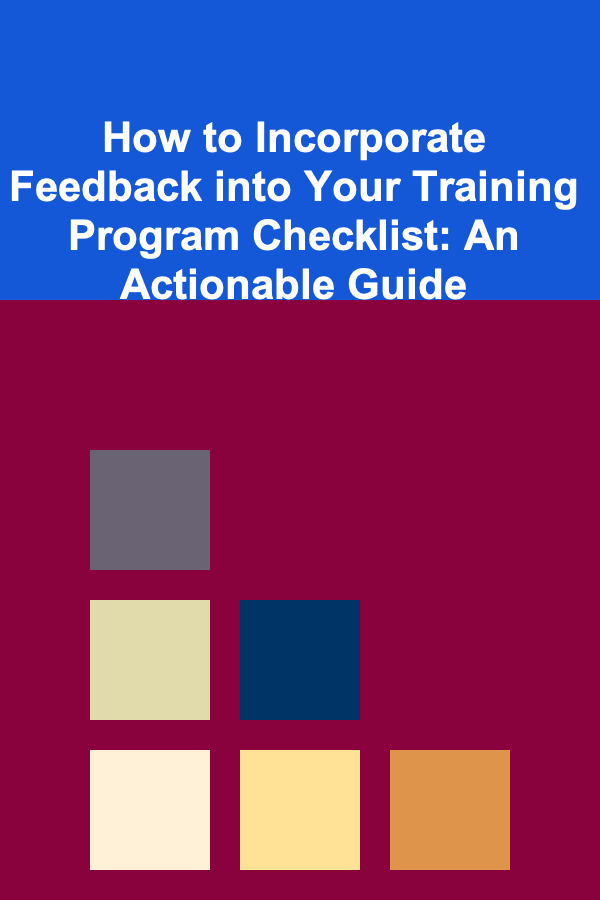
How to Incorporate Feedback into Your Training Program Checklist: An Actionable Guide
Read More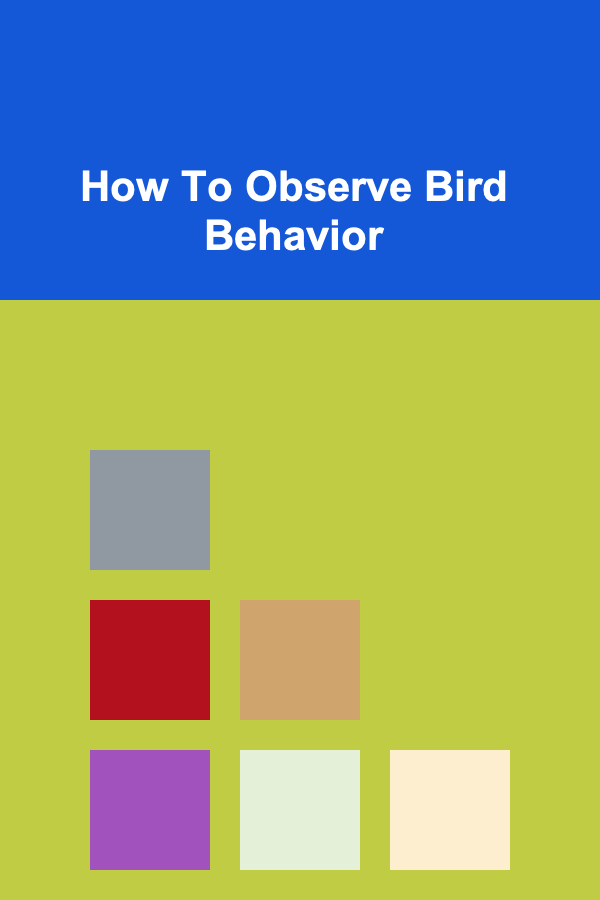
How To Observe Bird Behavior
Read More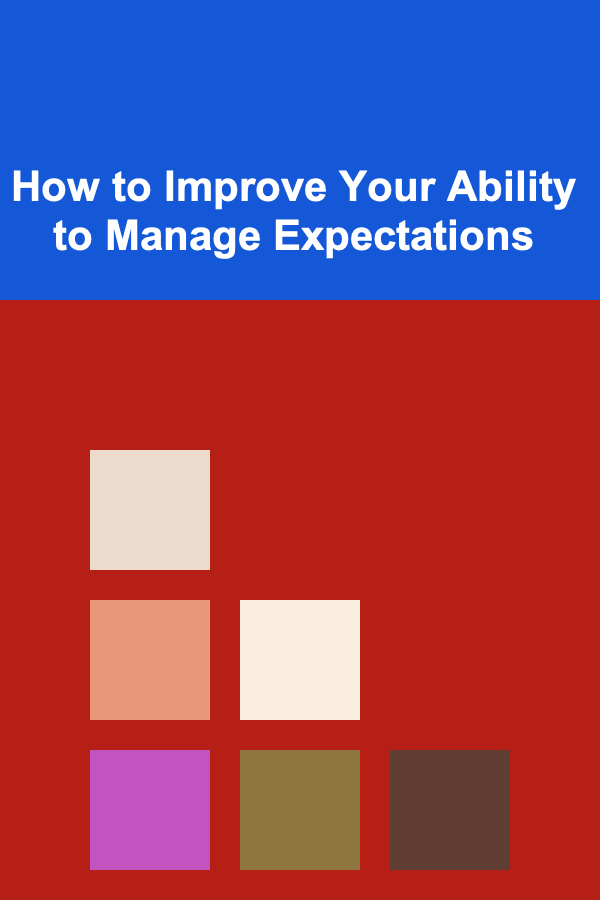
How to Improve Your Ability to Manage Expectations
Read More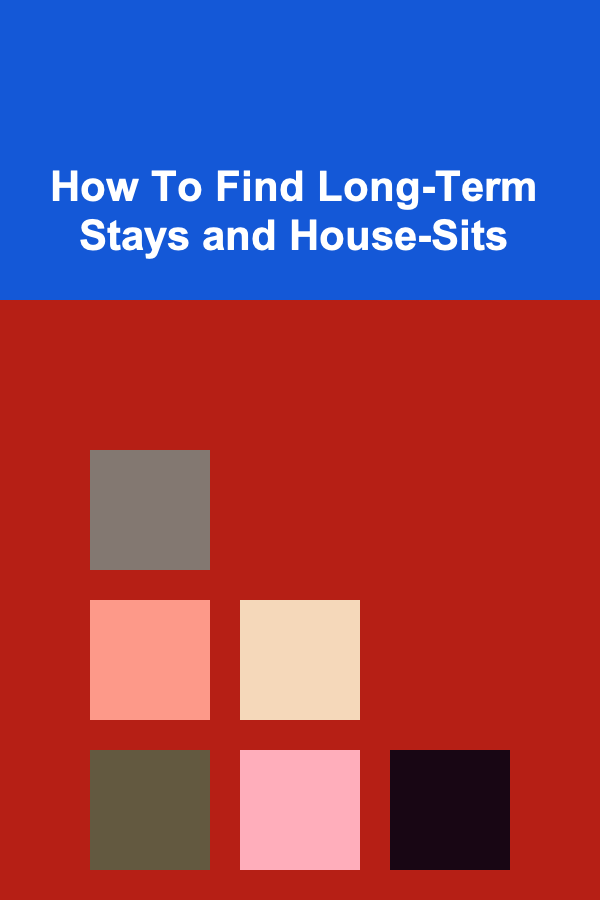
How To Find Long-Term Stays and House-Sits
Read More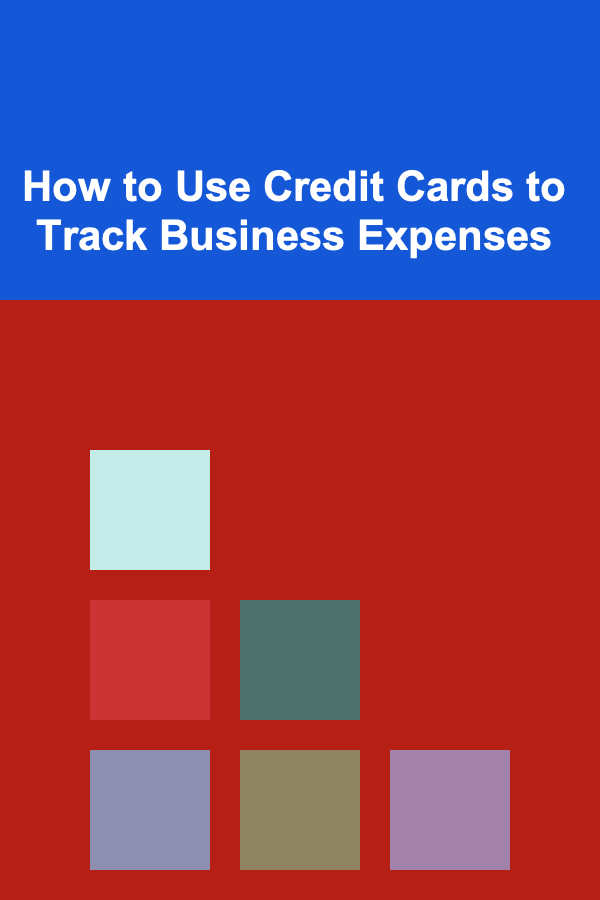
How to Use Credit Cards to Track Business Expenses
Read More
10 Tips for Becoming a Certified Business Analyst (CBAP)
Read MoreOther Products

How to Incorporate Feedback into Your Training Program Checklist: An Actionable Guide
Read More
How To Observe Bird Behavior
Read More
How to Improve Your Ability to Manage Expectations
Read More
How To Find Long-Term Stays and House-Sits
Read More
How to Use Credit Cards to Track Business Expenses
Read More